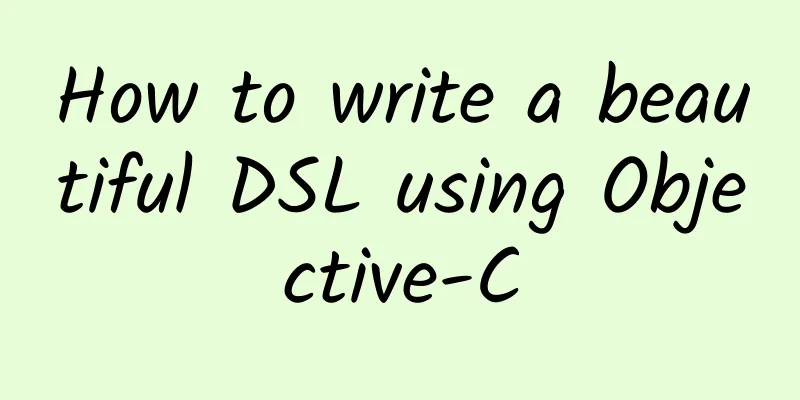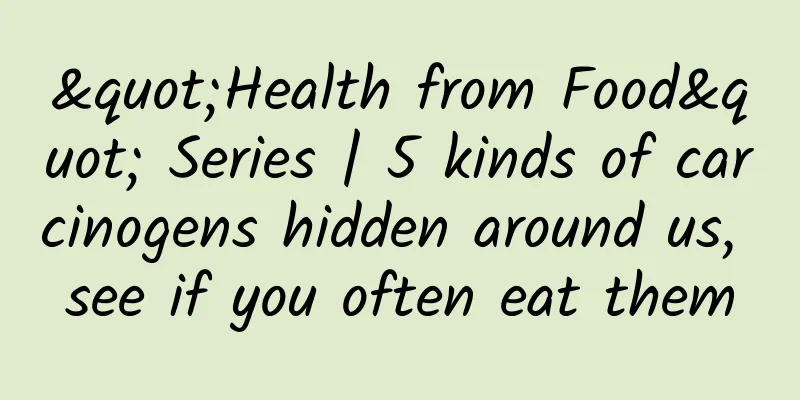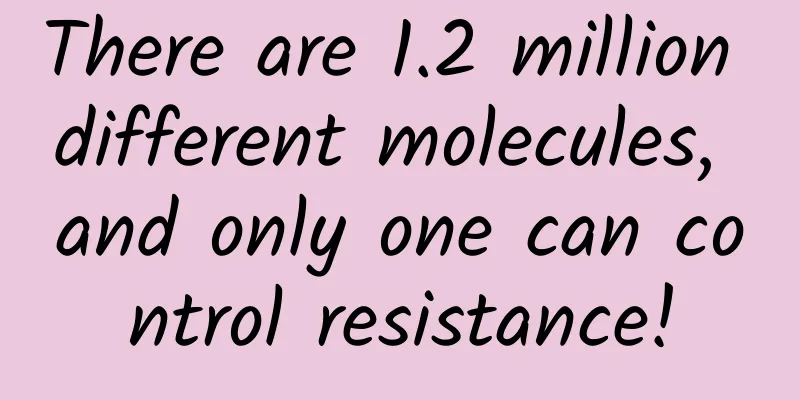Crazy snacks, but don't forget to pay attention to this thing in the bag

|
Have you ever noticed that there is a small desiccant in the bag when you eat snacks? When we were young, every time we ate snacks, our parents would always remind us that the small package was not edible because it was poisonous. So, what are the common desiccants we put in food? Are they really toxic? Copyright image, no permission to reprint Discuss by situation At present, we use desiccant or deoxidizer in small packages to keep food fresh. Manufacturers will choose which one to use according to their needs. However, no matter which one is chosen, the manufacturer is to prevent the food from being affected by microorganisms and other factors that affect the shelf life of the food . Copyright image, no permission to reprint Among these “small packages” that extend the shelf life of food, the one we are most familiar with may be food desiccant. Because microorganisms reproduce at an alarming rate under certain temperature and humidity. These microorganisms are the culprits for food spoilage and mildew. Therefore, by using food desiccant to reduce the humidity in the food bag, microorganisms have no conditions for reproduction, which can naturally extend the shelf life of the food. There are two main types of desiccants: Chemical desiccant It includes calcium oxide and calcium chloride. Calcium oxide is what we often call quicklime. It does have a strong ability to absorb water, but it will also undergo a violent chemical reaction when it comes into contact with water, releasing a lot of heat. Therefore, with the development of technology, this desiccant has gradually faded out of our daily life . Copyright image, no permission to reprint Physical desiccant It is further divided into two types: silica gel and montmorillonite. The main component of silica gel is silicon dioxide, which is absorbed and retained in its own structure through its own fine pore network structure. Moreover, it has another advantage that it can be reused, of course, the price is therefore more expensive . Copyright image, no permission to reprint Montmorillonite is actually clay, which is more suitable for absorbing moisture in an environment below 50℃. When the temperature is higher than 50℃, the degree of "water release" of clay is greater than the degree of "water absorption". However, clay is cheap and is widely used in food packaging that cannot be sealed with oil or gas. If desiccants cut off the water source of microorganisms, deoxidizers cut off the oxygen source of microorganisms to prevent them from spreading . At the same time, oxygen may also make oils rancid and give food a bad taste. Copyright image, no permission to reprint If the deoxidizer wants to turn the sealed food packaging into an almost oxygen-free environment without affecting the original production process of the product, it is necessary to use ingredients that are easy to react with oxygen. At present, there are three types of deoxidizers: iron deoxidizers, sulfite deoxidizers, and organic deoxidizers. For example, iron-based deoxidizers use the fact that iron is prone to rust in the air, and then use breathable plastic film or wrapping paper to allow it to react with oxygen in the food bag to achieve the deoxidation effect. At the same time, calcium chloride, salt, activated carbon and other ingredients are also added to the iron-based deoxidizer to speed up the reaction. Copyright image, no permission to reprint In general, the ingredients of deoxidizers are relatively safe, and there is no need to worry too much even if they are not edible. What happens if you accidentally ingest it? Common physical desiccants will not cause big problems if ingested accidentally, because they mainly absorb water and do not produce chemical reactions, so they are not harmful to the human body. Just drink more water to promote metabolism. However, if you accidentally ingest a chemical desiccant, it will be troublesome . Strong alkali can cause serious damage to the gastric mucosa and induce digestive tract perforation, so if you accidentally ingest it, you must seek medical attention as soon as possible. Although deoxidizers are non-toxic, accidental ingestion may cause acute gastrointestinal reactions such as abdominal distension, intestinal burning sensation, nausea and vomiting. A small number of patients may also experience abnormal liver function. In short, if you accidentally eat the "independent small package" in the food bag, it is best to seek medical attention in time and listen to the doctor's professional advice. You should still carefully check the food you eat and chew it slowly. Author: Chen Wen This article was reviewed by Han Hongwei This article is produced by the Science Popularization China-Creation Cultivation Program. Please indicate the source when reprinting The cover image and the images in this article are from the copyright gallery. The image content is not authorized for reprinting. |
<<: Food Safety | Can preserved eggs still be eaten safely? Many people may have eaten them wrongly
Recommend
5 Examples of SaaS Product Growth
This compiled article mainly introduces the low-c...
iOS componentization exploration: creation of private libraries
iOS componentization is basically based on cocoap...
How does Xiaohongshu operate its community?
This article provides a brief analysis of Xiaohon...
How to block IP in Baidu bidding and deal with invalid clicks?
When doing Baidu bidding, you must deal with mali...
Why do we always see "mosquitoes" flying in front of our eyes when we stare at a white wall?
Have you ever had this experience? Under a bright...
What sense of crisis should P2P online lending have?
At the end of the year, the development of the P2...
Reduce costs? Double the conversions? 5 dimensions to help you solve the problem!
From complexity comes simplicity. For many bidder...
Han Yibing: 2016 will see a huge explosion in Internet TV advertising, and brands should plan ahead
On October 19, 2015, the 2015 China Internet TV D...
Why build a launch site on the seashore? Review of the construction of Wenchang Space Launch Site in my country
On the afternoon of October 31, the Mengtian labo...
National Child Vaccination Day: Here’s what parents should know
Today is the 36th "National Children's V...
Suifenhe's epidemic prevention risk level has been lowered to low risk, and efforts are being made to restore normal production and living order
The reporter learned from the Heilongjiang Provin...
Android P hands-on: The biggest upgrade in a decade, everything you want to know is here
In March, Google released the developer preview o...
How much does it cost to develop a wine utensils mini app in Xi'an?
How much does it cost to develop a Xi’an wineware...
There are 360 days in a year. Eating lychees every day is not a dream.
What would it be like to sequence the lychee geno...
It took me 3 months just to conquer the Apple 2.1 package, and luckily I won!
At the end of the year, the review process sudden...









